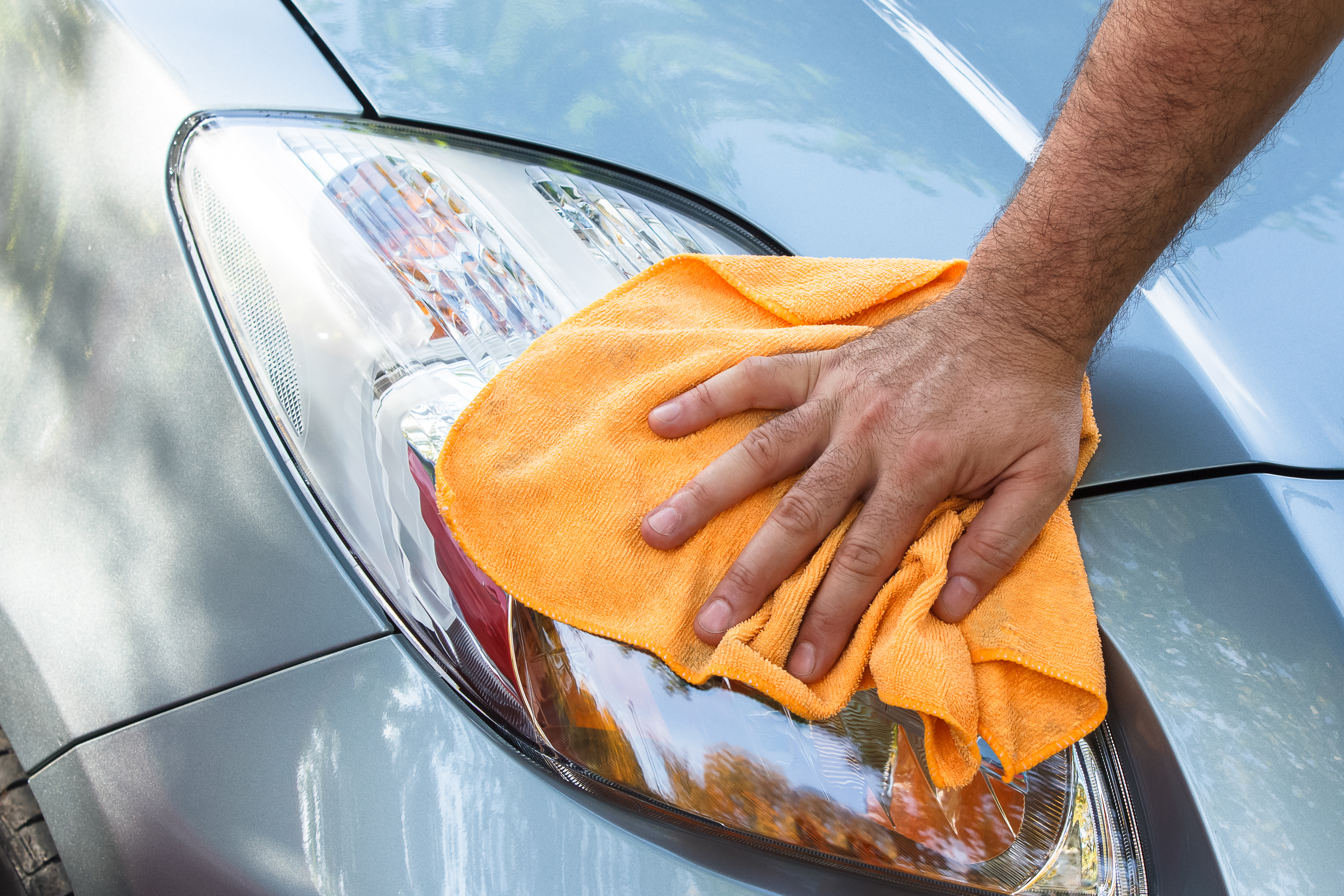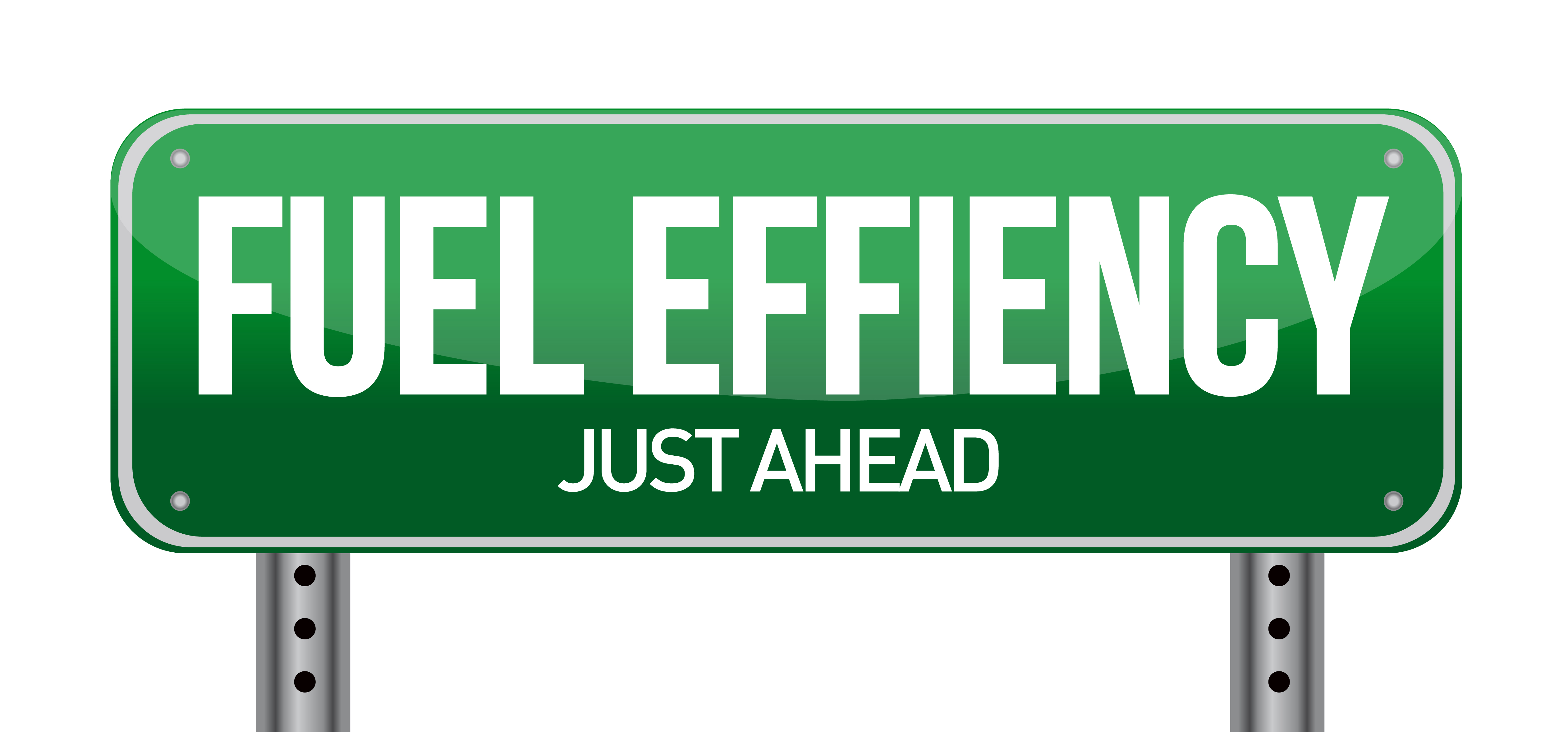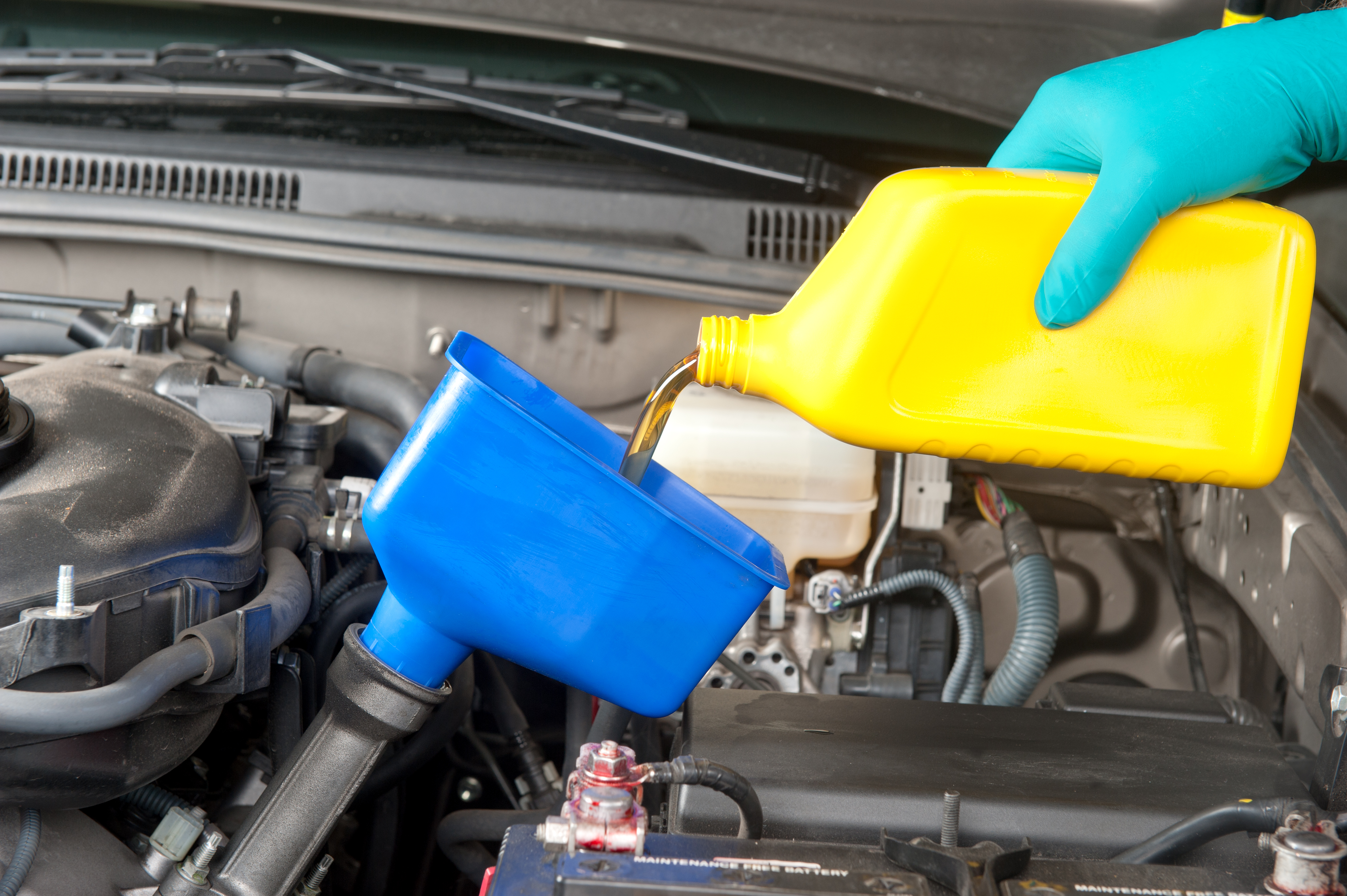What Type of Insurance Is Required by the DMV?
Bodily Injury Liability Policies
Insurers provide two types of bodily injury policies, although they function largely in the same fashion. Single-person bodily injury policies, which are required in all states except New Hampshire and Wisconsin — as of the time of publication — provide maximum coverage for a single person injured in a car accident. Bodily injury for all people hurt in an accident, which is a requirement of all states, provides coverage up to its limit for all people injured in an accident.
For example, if you have $10,000 policies of both types, if you injure a pedestrian and incur $12,000 in medical costs, your insurance policy pays for the first $10,000. If you drive through a crowd of five pedestrians and incur $12,000 in medical costs per person, your multiple-person policy provides $10,000 total — or $2,000 per person — to cover costs. Required levels for these types of coverage vary from $12,500 to $100,000 depending upon your state.
Property Damage Liability Policies
Every state requires motorists to carry property damage liability policies. This type of insurance pays for non-medical damages you may cause in an accident, and serves to reimburse property owners for the costs to repair or replace their vehicle or other property. The level of property liability coverage state DMVs require varies between $5,000 and $25,000.
Other Policies
16 states — Arkansas, Delaware, Florida, Hawaii, Kansas, Kentucky, Maryland, Massachusetts, Michigan, Minnesota, New Jersey, New York, North Dakota, Oregon, Pennsylvania and Utah — require drivers to purchase personal injury protection coverage, as of the date of publication. These policies provide coverage to people riding in your car who are injured in an accident that you cause. As with other policies, minimum levels of personal injury protection required vary between states. 20 states — Connecticut, Illinois, Kansas, Maine, Maryland, Massachusetts, Minnesota, Missouri, New Hampshire, New Jersey, New York, North Carolina, North Dakota, Oregon, Rhode Island, South Carolina, South Dakota, Virginia, West Virginia and Wisconsin — require uninsured motorist coverage, which provides policyholders coverage in case of an accident with an uninsured driver.
Exceeding Mandated Requirements
While states define the minimum level of insurance you must have to license your vehicle, mandated minimums may not provide enough coverage in the case of serious accidents. Most drivers should carry $100,000 in single-person injury liability and $300,000 in multiple-person liability coverage, according to Edmunds. If you cause injuries whose treatment exceeds your coverage levels, the injured person may sue you for any amount not covered by your policy.
Quick Money Savings Tip For Safe Drivers
There are dozens of auto insurers – Which one will give you the best rate?
Step 1) Choose your vehicle make below.
Step 2) On the next page, complete the 4 minute questionnaire, and you'll have the opportunity compare the best rates in your area.
Step 3) Keep more money and possibly save hundreds!










